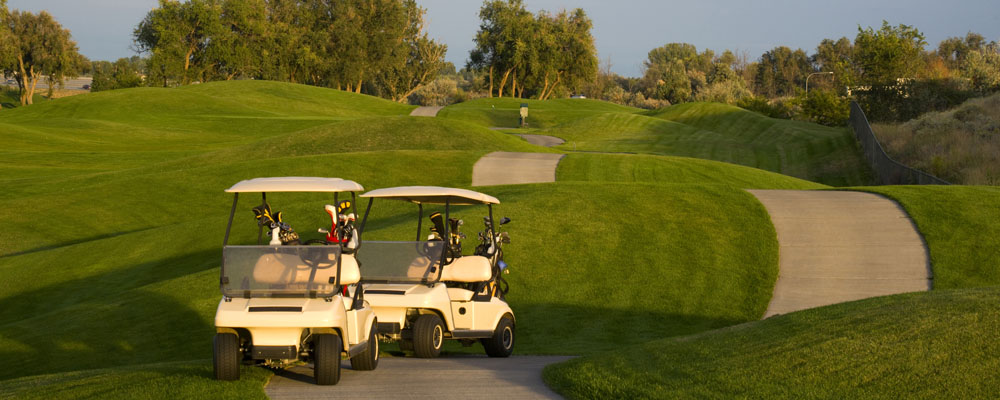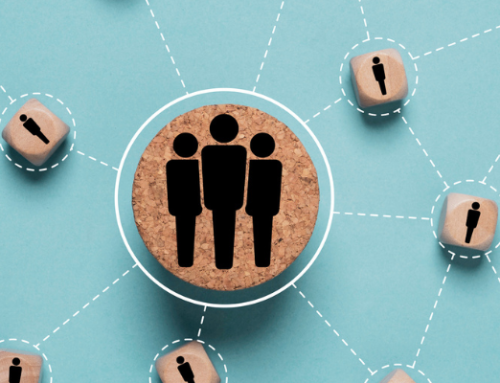“One man’s tragedy can be another man’s opportunity.” – The Morning Show
March 2020 brought a lot of uncertainty. COVID shut the country down. Nobody knew what to expect or when we would be back to “normal”. COVID wreaked havoc on the hospitality industry. It was arguably hit harder than any other industry. Hotels estimated revenue losses from March to May 2020 are estimated to be over $30 billion. Roughly 100,000 restaurants closed because of the pandemic. However, lockdowns, social distancing, indoor dining restrictions and the disappearance of business travel left golf and tennis as a few of the activities you could participate in. Country clubs took advantage of the opportunity and created spaces that made members feel safe. Some of the innovations included expanded outdoor dining, food to go, virtual fitness classes, and even grocery delivery. The exclusivity that was not important to potential members suddenly became appealing. Fast forward to 2022 and country clubs are having some of their best years in a long time. Income per member is close to its peak in 2007. Waiting lists are on the rise and overall membership is increasing.
However, it wasn’t that long ago that country clubs were struggling to remain relevant. There was a 10 plus year time frame where more country clubs closed than opened because of overdevelopment plus a decline in interest in golf. Also, demographics were changing. Millennials, representing the largest group in the United States, showed little interest in joining a club. The great recession further damaged membership. Overall, membership in country clubs declined from 2008 to 2017. Income from dues dropped in excess of 25% during that time period. The period of recovery was more than 10 years before income per member would get close to its 2007 peak.
There’s a lot of economic uncertainty at the moment. For a variety of factors, beginning in April 2021, inflation began to spike. The rate of inflation, which began in 2021 at 1.4%, had reached 7.0% by December and continued to rise at the beginning of 2022. To combat inflation, the Federal Reserve (the Fed) began raising interest rates, which it did at a rate making 2022 one of the most aggressive in the central bank’s history. Inflation did begin to ease at the end of 2022, but it’s still nowhere near the Fed’s target inflation rate of 2%. This means the Fed will likely continue to raise interest rates, at least early in 2023, until they feel that inflation is heading towards that 2% rate at a satisfactory pace. How long they will remain at the higher rates depends on how quickly the economy responds and the inflation rate gets at or near the target.
There’s a debate currently going on as to if/when we may potentially head into a recession in 2023. Surf the internet and you’ll find varying opinions, from various experts, for various reasons. However, clubs are discretionary income. When the economy slows and consumers are forced to make decisions on where they spend their money, eliminating a club membership can be one of the first expenses to go.
So, with the industry’s overall health at its best in a while, how do country clubs keep the momentum? They need to continue to innovate and focus on a member experience that enhances the lives of their members and their families all year. To achieve that, they must have a thorough understanding of their membership and what drives them emotionally and psychologically. The club must also understand its market and have a thorough understanding of its competition to differentiate itself for potential members. The country club that is able to think ahead and provide a one-of-a-kind experience for its members will remain relevant and be able to thrive in any economic downturn we may face in 2023 or beyond.





